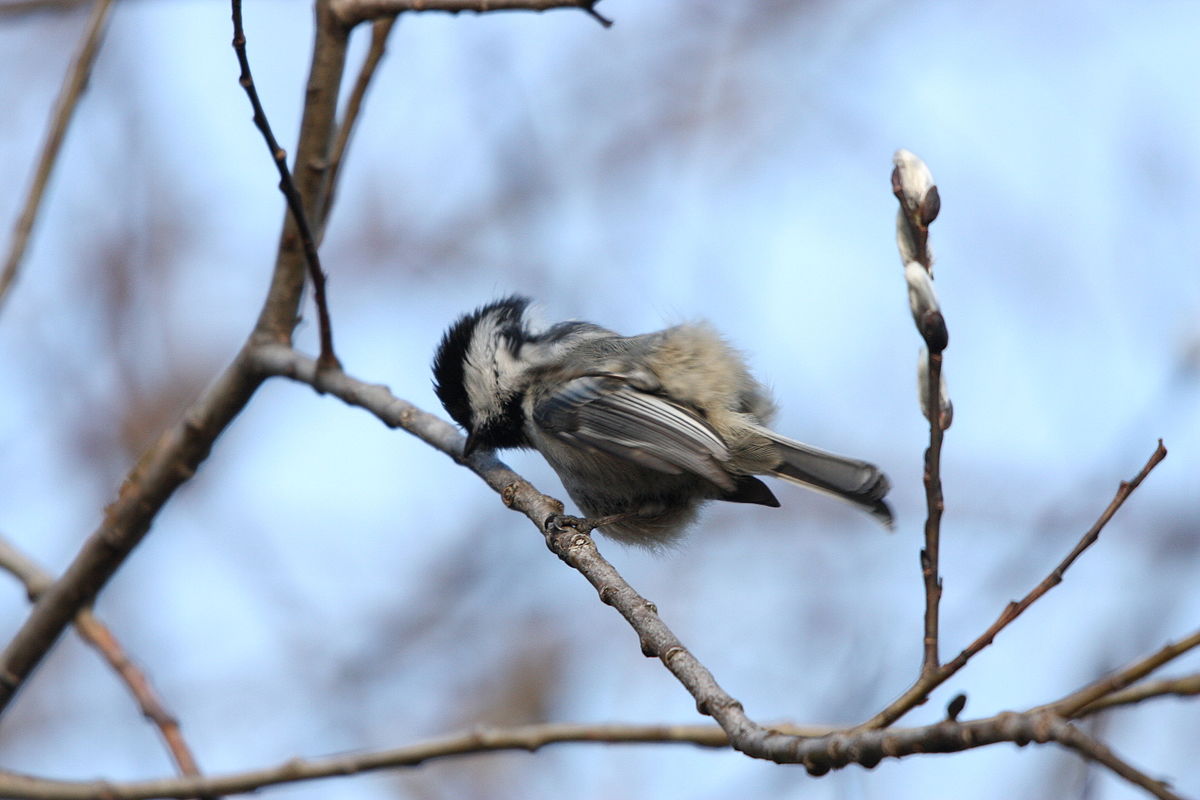Offer
Provide additional details about the offer you're running.
Provide additional details about the offer you're running.
Provide additional details about the offer you're running.

Feature Image By Cephas (Own work) [GFDL (http://www.gnu.org/copyleft/fdl.html) or CC BY-SA 3.0 (http://creativecommons.org/licenses/by-sa/3.0)], via Wikimedia Commons
The word preening comes from a gland located on the base of a birds tail, aptly named, the preen gland. This gland produces an oil-like substance containing diester waxes that aid in waterproofing birds feathers and keeping them in tip-top shape. The act of preening directly refers to the act of spreading this unique oil to each feather on their body for added shine, protection and durability.
Birds will utilize a couple of different body parts like their bills and feet to effectively preen each and every feather from base to tip. There are also a variety of activities that birds will take part in as a part of the preening process including bathing in both water and dust, sunning to help control parasites, stretching to help provide space between each feather for access and anting, in which some birds will actually sit atop an anthill or rub ants on their bodies to inhibit parasite growth.
At first hand to most, the act of preening can be seen as a simple cleaning process many birds partake in. Armed with this knowledge, you know now the exact process and the reasoning behind it. Have fun out there and monitor some of the unique positions some birds can find themselves in while trying to preen each and every feather.
High Quality Blend